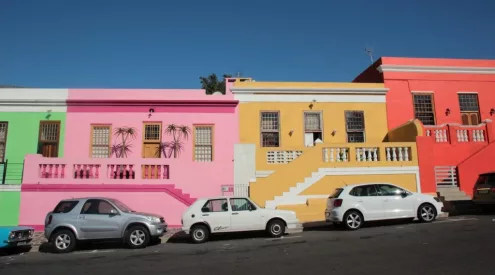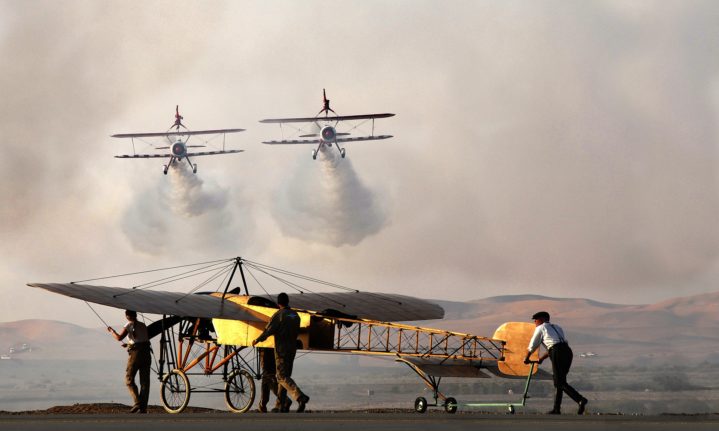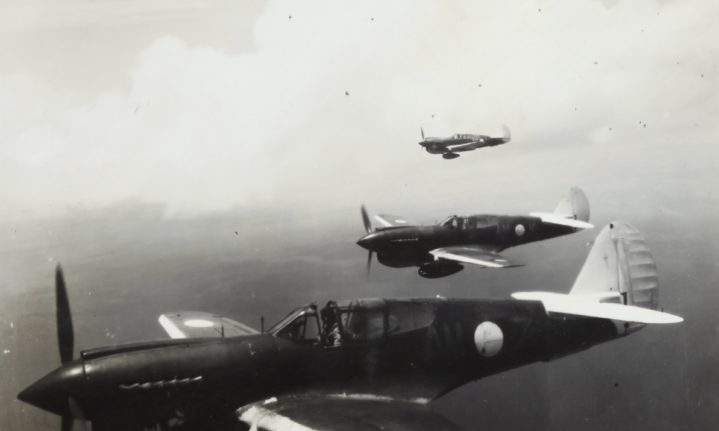A new article written by African studies scholar Dr Halim Gençoğlu and published by University of Cape Town documents the interesting story of South Africa’s first aviator of colour, Abu Bakr Rushdu Atala.
Rushdu was born in Kimberley in 1896, where his father, Ahmet Ataullah Bey, tried to register him as a European Turk, based on the fact that he was born from Asian decent, according to Gençoğlu. However, the Cape Town registration office refused to register him as European Turk, and instead classified him as Cape Malay.
A new article published by African studies scholar Dr Halim Gençoğlu reveals a tantalising story about the country’s first aviator of colour, Rushdu Atala. Read more: https://t.co/yTanvgSCqv pic.twitter.com/wokwNvQ0Qy
— UCT (@UCT_news) July 24, 2020
Details regarding Rushdu’s early life can be found in the Indian scholar Abdurrahman Khan’s memoir. It describes him as an intelligent student, spending most of his time with his siblings and mother before attending the Regent Street Polytechnic in England.
Khan’s memoir also describes Rushdu as having an abiding enthusiasm for aviation, along with his training to become a pilot in England.
‘By early in 1913, one of the earliest Chinese aviators, Tsoe K Wong, based at Shoreham aerodrome on the Sussex coast, had apprenticed Rushdu and taught him to fly on the Wong Tong Mei (nicknamed the Dragon Fly) biplane,’ wrote Gençoğlu.
Gençoğlu continued: ‘Horace Barnes of East London was the first South African aviator, flying the Voisin frequently when Kimmerling was indisposed from March 1910. To meet South Africa’s needs with the outbreak of the First World War in 1914, the aviation industry in South Africa was developing rapidly, designing and building new aircrafts.’
The outbreak of the First World War and need for new aircrafts saw South African aviation engineering pioneer John Weston start building his own aircraft in the town of Brandfort, in the Free State, in 1907. Weston played a key role in founding the Aeronautical Society of South Africa in March 1911. The South African Aviation Corps (SAAC) became the South African Air Force on 1 February 1920.
According to author Herman Potgieter, ‘Basic flying training commenced in 1913 with ten students, who, on completion of their basic training, were sent to the Central Flying School at Upavon in England where the first of South Africa’s military pilots would go on to qualify there on 2 June 1914. In 1913 the British press hailed Rushdu as the first person of colour in South Africa to receive an aviation certificate.’
Despite one newspaper describing his achievement as ‘The first Turk in England who has mastered aviation sufficiently to be deemed a pilot,’ the coloured community in South Africa were elated.
‘The first two decades of the 20th century were important times for South African Muslims as they tried to establish their identity somewhere between Malay and coloured in South Africa, under the leadership of Dr Abdullah Abdurrahman. It follows, then, that educated Muslims like Rushdu [Atala] and Dr Abdullah were regarded as heroic figures in the South Africa Muslim community,’ said Gençoğlu.
After World War 1, Rushdu made his return to South Africa and started a Turkish import company in Loveday Street in Johannesburg. Rushdu then married Hajera Masirettin from a Malay family in Cape Town. He also changed his surname from Ataullah to Atala.
In 1948, Rushdu was re-classified as white, possibly due to his white complexion and English accent. He would remain in South Africa until his death.
Listen to Dr Halim Gençoğlu talk about his research and the extraordinary life of Rushdu in an interview with Radio 786:
Image credit: Unsplash


















